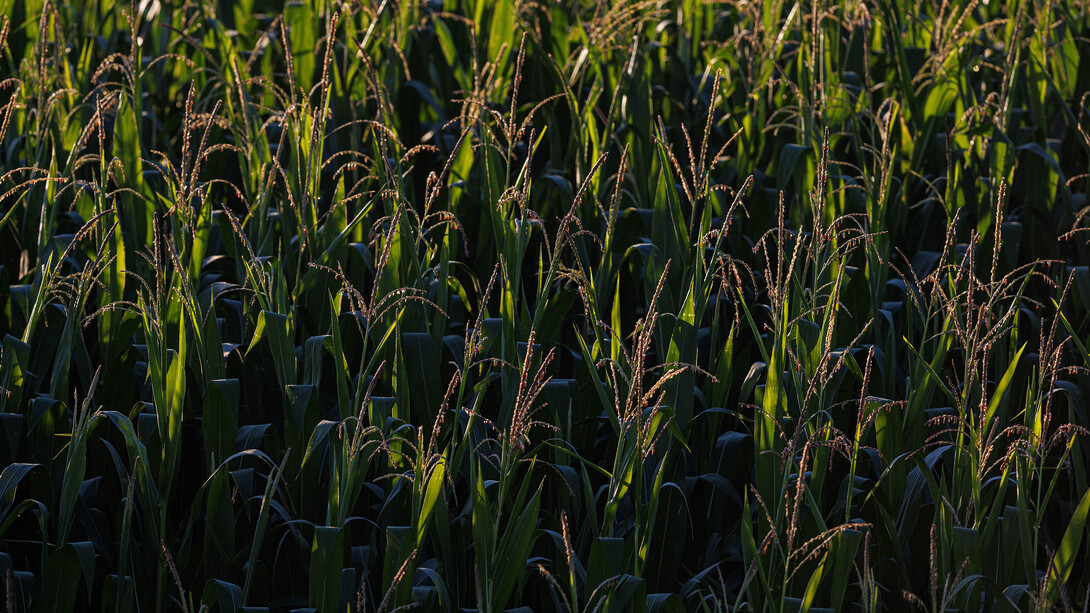
By Geitner Simmons | IANR Media
University of Nebraska–Lincoln scientists have harnessed the power of machine learning and large-scale data analysis to enhance the Global Yield Gap Atlas, creating benefits for agricultural producers worldwide.
“This is very exciting. We are now able to estimate the yield potential for every single piece of cropland around the world,” said Patricio Grassini, professor with the University of Nebraska–Lincoln’s Department of Agronomy and Horticulture and principal investigator of the atlas.
The advancement offers producers an opportunity to benchmark current productivity and guide sustainable intensification of agricultural systems on a global scale, Grassini said.
Fernando Aramburu-Merlos, a research assistant professor in agronomy and horticulture, led the efforts to develop a “metamodel” approach that takes advantage of machine learning’s ability to assemble and analyze a complex range of soil, climatic and cropping system information.
The resulting maps, focusing on corn, wheat and rice, provide highly detailed and accurate information on how much of a crop can be produced at a specific location under the best conditions.
“With this metamodel, we take full advantage of the large amount of data collected by the atlas over the last 12 years to get a global product that is ready and easy to use by scientists, farmers and companies,” said Aramburu-Merlos, an expert in crop simulation modeling.
Aramburu-Merlos and coauthors explain the refined analytical approach in a new paper recently published in the journal Nature Food.
“Over the past decade, substantial improvements in computing power, spatial information on soil and climate, and advancement in the use of machine learning for geospatial analysis have provided new tools that can help address the limitations of bottom-up and top-down approaches,” the authors wrote.
Aramburu-Merlos, who joined Grassini’s lab as faculty in 2022, has strengthened the department’s expertise in computational and crop simulation. Aramburu-Merlos and Grassini coauthored the new paper with Martin van Ittersum and Marloes P. van Loon at Wageningen University and Research in the Netherlands, who are co-leading the Global Yield Gap Atlas initiative.
The metamodel approach enhances the atlas’s existing bottom-up methodology, incorporating a broader range of data sets and applying an analytical approach that improves accuracy. This allows ag producers to access detailed, location-specific data for yield potential.
With this information, farmers can diagnose their current performance and explore strategies to close the gap between actual and potential production, considering local climate and soil conditions.
“Applications go well beyond farm level,” Grassini said. “The refined capacity to estimate yield potential offers governments, international organizations and charitable foundations with a transparent and objective approach to understand where the largest opportunities for yield improvement exist.
“(The metamodel data) provide key inputs to inform their investments on agricultural research and development programs.”
More details at: https://go.unl.edu/r4bf